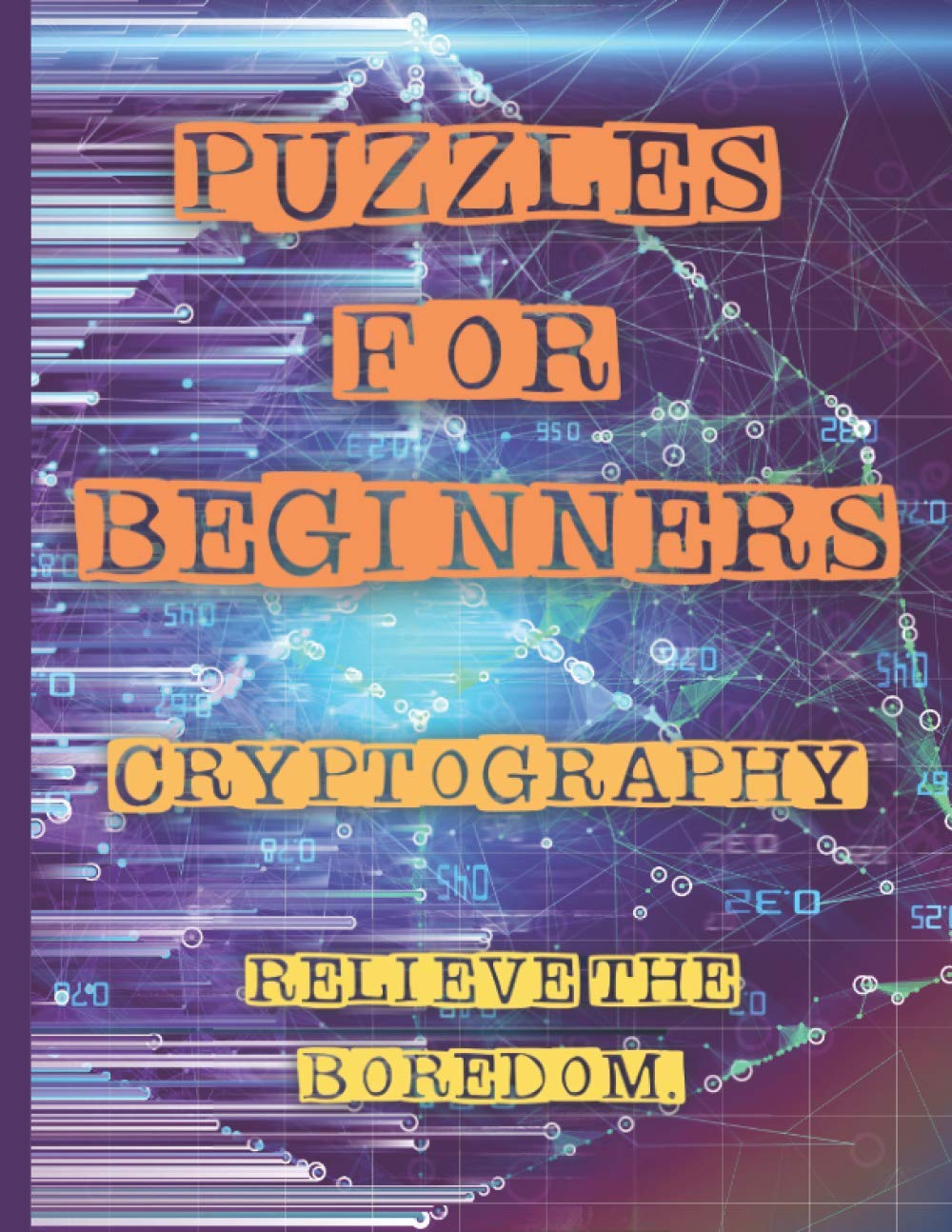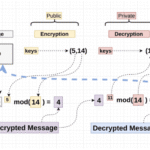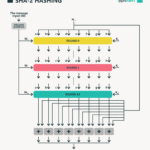Cryptography, at its heart, is the art and science of encoding information, rendering it undecipherable to unauthorized users. This fascinating domain not only serves the vital function of securing sensitive data but also stimulates our minds through a plethora of puzzles that are as intriguing as they are challenging. This article will introduce you to an assortment of cryptographic puzzles designed to twist your brain. Prepare to embark on a cerebral adventure that will test your analytical prowess while simultaneously promising a delightful shift in perspective on the very nature of secrecy and communication.
The sheer diversity of cryptographic puzzles available today is astounding. Ranging from simple substitution ciphers to more complex algorithms, each puzzle poses its unique challenges. This exploration will delve into various types of cryptographic puzzles, shedding light on their underlying mechanisms and providing you with tantalizing examples, ultimately inviting you to unravel the enigmas before you.
1. Substitution Ciphers: The Foundation of Cryptography
Substitution ciphers represent one of the most rudimentary forms of encryption. Here, each letter in the plaintext is replaced by another letter. The Caesar cipher, for instance, shifts letters by a predetermined number. If “A” becomes “D,” then “B” becomes “E,” and so forth. The simplicity of this technique belies its potential for complexity. Beginners can start with basic puzzles like “Decrypt the Caesar cipher with a shift of 3,” while experts may find themselves challenged by more convoluted variations.
A famous example of a substitution cipher puzzle is a cryptogram, where a short phrase or quote is encoded using a simple substitution method. Attempting to decipher these cryptograms encourages logical thinking and pattern recognition—a fun endeavor that sharpens your mental acuity.
2. Vigenère Cipher: The Dance of Letters
The Vigenère cipher elevates the concept of substitution ciphers into a more intricate domain. By employing a keyword, this method applies multiple Caesar shifts according to the position of the letters in the keyword. For example, if the keyword is “KEY,” the first letter of the message is shifted according to the first letter of the keyword, the second letter of the message by the second letter of the keyword, and so on. This circular shifting creates beautiful intricacies, forming a tapestry of encoded text that presents a formidable challenge to cryptanalysts.
Engaging with Vigenère cipher puzzles entails deciphering an encoded message using given keywords. By unraveling these codes, one must pay close attention to the recurrence of letters and the frequency of patterns—an exercise that cultivates a keener sense of observation and imaginative thinking.
3. Transposition Ciphers: The Rearrangement of Secrets
Unlike substitution ciphers where the letters are swapped for others, transposition ciphers rearrange the letters of the plaintext to form the ciphertext. This established a distinctive layer of complexity, as the original letters are preserved but ordered differently—a delightful twist that can leave even seasoned cryptographers perplexed.
A classic example of a transposition cipher puzzle involves writing the plaintext in a grid and then reading columns in a specific sequence to create the ciphertext. To challenge yourself, try decoding a message that has been encrypted through a rail fence cipher—a zigzagging arrangement that can produce stunningly intricate patterns.
4. Modern Encryption Techniques: A Leap into the Future
As we venture further into the contemporary landscape, modern encryption techniques reveal a kaleidoscope of sophisticated puzzles. While classical methods focus on manual encoding, today’s algorithms like RSA and AES employ mathematical principles that are both complicated and fascinating. Engaging with modern cryptographic puzzles often involves decrypting hexadecimal strings or navigating through digital frameworks to retrieve hidden information. These intricate challenges amplify the cerebral experience far beyond traditional methods.
Online platforms often create a wealth of interactive puzzles based on modern algorithms, motivating enthusiasts to decode encrypted messages, crack secure passwords, or even simulate real-world hacking challenges. These puzzles not only encourage problem-solving but also allure individuals into a deeper understanding of computational theory and cybersecurity.
5. Escape Room Mysteries: The Puzzle of Collaboration
In recent years, escape rooms have surged in popularity, weaving a narrative that immerses participants in a race against time. Many of these scenarios integrate cryptographic elements into their overall design—hidden messages, coded locks, and intricate puzzles multiply the fun factor. Solving these enigmas requires teamwork, collaboration, and often a deep understanding of cryptography.
Within such escape room settings, encountering cryptographic puzzles can incite frantic discussion, innovative strategies, and exhilarating bursts of insight. The collaborative spirit entwined with the thrill of impending deadlines serves to magnify the allure of decrypting messages before the clock runs out.
6. Conclusion: Embrace the Journey of Discovery
Cryptography puzzles offer more than just cognitive challenges; they represent a journey into the fascinating world of encoding and decoding messages. Whether you find yourself opting for classical ciphers like the Caesar or Vigenère, delving into the complexities of modern encryption, or collaboratively tackling escape room puzzles with friends, the opportunities for intellectual engagement are boundless. Each puzzle brings with it the promise of not only entertainment but also the potential to gain a deeper appreciation for a field that has shaped our world significantly.
In conclusion, the realm of cryptographic puzzles is an enticing tapestry of mystery, logic, and creativity. Engage with these challenges, stretch the limits of your mind, and enjoy the thrilling adventure of deciphering secrets hidden within coded messages. Who knows what insights and revelations await you in this enthralling domain?









Leave a Comment